A House That Refuses to Be Ignored
The guide steps into the parlor, motioning for the group to follow. The floorboards, worn smooth from a hundred years of visitors and residents, creak underfoot.
A breeze slips through the room, cool despite the warmth outside. Someone whispers that the door just moved.
The guide doesn't react. Instead, he rests his hand on the carved wooden frame of a doorway and starts talking.
The Sorrel-Weed House stands at 6 West Harris Street, on Madison Square in Savannah, Georgia.
The address has remained the same, but everything else about the house has changed over the years.
Some say it's one of the most haunted places in the country. Others come for the architecture - the blend of Greek Revival and Regency styles that makes it one of the most well-known houses in the city.
Either way, it's a stop on nearly every tour of Savannah, whether the focus is history, ghosts, or things to do in Savannah, Georgia.
The house is massive. At 16,000 square feet, it takes up nearly an entire corner lot, towering over the square.
It was designed by Charles B. Cluskey, an architect who made his name shaping the look of Georgia.
He built the Governor's Mansion in Milledgeville and the old Savannah City Exchange before turning his attention to this house, which was commissioned in 1835.
By 1840, the structure was complete, its sweeping staircases and tall, shuttered windows a statement of wealth.
Francis Sorrel was the man who paid for it. A merchant who dealt with sugar, coffee, and other goods moving through the ports, he was successful enough to leave a mark on the city's economy.
His connections reached beyond Savannah - General Robert E. Lee visited the home in the 1860s, long before his name became tied to history books.
Sorrel's family lived here for years, raising children in its rooms, hosting dinners in the candlelit dining hall, and managing the household staff who lived in the carriage house behind the main building.
But stories about the house rarely focus on its early grandeur. Too many shadows cast over it.
One is the tragedy of Matilda Sorrel, Francis's second wife. Another is the story of Molly, an enslaved girl whose name is often spoken in hushed tones.
These are two women whose deaths have blurred the line between history and legend.
For now, though, the guide keeps to the facts. The house was sold in 1859, passing to Henry D. Weed, a businessman whose family kept it until 1914.
It changed hands again, falling in and out of disrepair, its grand columns and intricate woodwork deteriorating.
And yet, it never vanished. Savannah has a way of keeping its old houses standing, even when the weight of their past is too much to ignore.
The Power and the Ruin
The chandelier in the dining room once threw flickering candlelight across polished mahogany.
Now, the room holds a different weight. A crack in the plaster near the ceiling, the faintest scent of aged wood, and something unspoken.
The past is thick in the air here. The stories are unavoidable.
Francis Sorrel wanted a home that matched his status. He had made his fortune in shipping, trading sugar, and coffee, and moving goods through Savannah's bustling port.
By the time he commissioned this house in 1835, he had the money and the reputation to demand the best.
Cluskey delivered. The house stood tall, a statement of wealth on Madison Square. The interior was grand - high ceilings, intricate moldings, and an entryway meant to impress.
But power didn't keep tragedy away. In 1860, Matilda Sorrel, Francis's second wife, died after falling from a balcony into the courtyard below.
The official cause was suicide. The house had servants, guests, and people moving in and out at all hours, yet no one saw exactly what happened.
The whispers started immediately. Some said she had been driven to despair. Others claimed she had discovered something she wasn't supposed to.
Then, there was Molly, the 16-year-old girl who worked in the carriage house. She didn't leave behind a record, no documents of her life beyond the household ledgers that listed her as property.
What is known is that she died here. Some say it was an accident. Some say it was much worse.
Francis Sorrel didn't stay in the house long after Matilda's death. In 1859, he arranged for Henry D. Weed, a Savannah businessman, to take possession.
By 1862, the house belonged entirely to the Weed family. The name changed, but the stories didn't.
A House That Won't Stay Quiet
The tour guide stops at the bottom of the stairs. The group is silent, waiting. A faint creak comes from above - just the house settling, the guide says. Someone in the back shifts uneasily.
The Sorrel-Weed House has a reputation. The rumors started decades ago, long before ghost tours and late-night investigations.
People spoke about voices in empty rooms, doors that locked on their own, and a shape in the upstairs window after the house had been abandoned.
The 20th century brought new owners. In 1941, A.J. Cohen Sr. bought the house. His son, A.J. Cohen Jr., turned part of it into Lady Jane, an upscale clothing store that catered to Savannah's wealthier clientele.
The boutique thrived, but stories about the house never stopped. Employees whispered about cold spots, footsteps on the stairs when no one was there.
In 1991, Lady Jane closed. The house was sold again in 1996, this time to Stephen Bader. He removed the brick addition from the Cohen era, restoring the home to its original layout.
Hollywood arrived in 1994. The opening scene of Forrest Gump - that floating feather drifting through the air - was filmed from the rooftop of the Sorrel-Weed House.
The camera panned over the square, capturing Savannah's historic core before the shot cut to Chippewa Square, where Forrest would sit on his bench.
Then, in 2005, Ghost Hunters arrived. The TAPS crew spent the night inside, recording flickering shadows and disembodied voices.
That episode put the house on the map for ghost tourism. More followed.
If Walls Could Talk featured the home in 2006. Ghost Adventures filmed inside in 2014. The Travel Channel called it one of "The Most Terrifying Places in America." The stories multiplied.
Now, the house stays open nearly every night. The daytime tours focus on history, architecture, and the families who lived here.
But after dark, a different kind of visitor walks through the doors - one looking for something else.
It's been featured in publications like Condé Nast Traveler, USA Today, and the Travel Channel.
Some call it one of the most haunted locations in the country. Others dismiss the ghost stories as nothing more than tourism dollars at work.
Either way, the house keeps its doors open - daylight for history seekers and nightfall for those looking for something else.
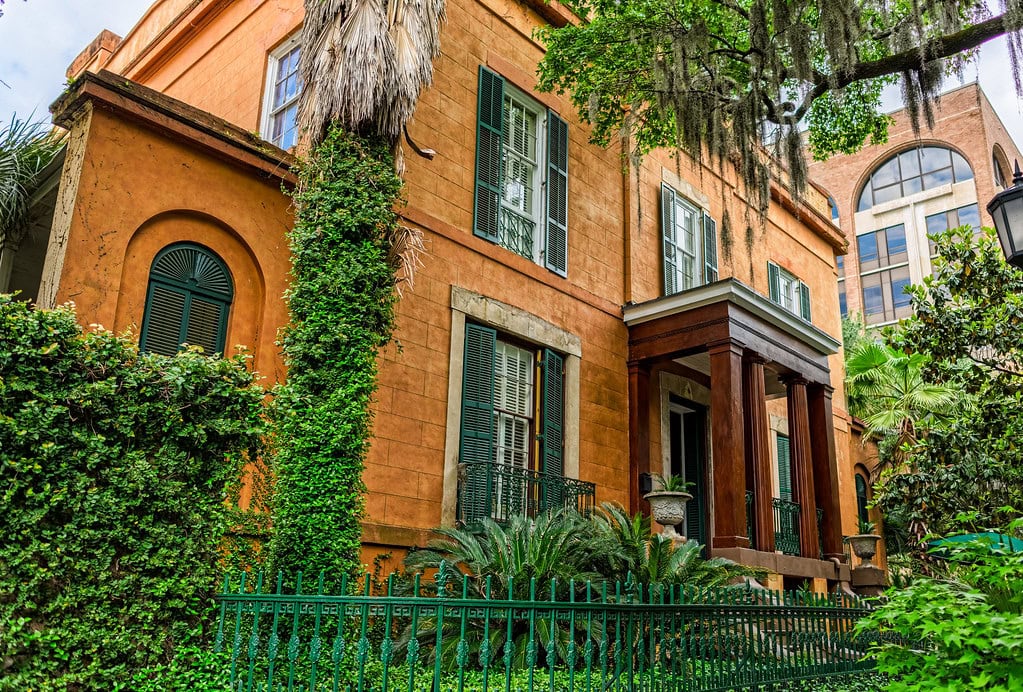
The House Under Scrutiny
A tour guide moves through the foyer, gesturing toward the tall windows, the heavy molding, the original woodwork that still holds its place after nearly two centuries.
"The house has changed," he says, "but it's still here." Outside, the streets are filled with visitors, moving between restaurants, galleries, and historic landmarks.
The house stands behind them, quiet, waiting.
Historians, architects, and preservationists have been picking apart the Sorrel-Weed House.
The restoration efforts began decades ago, driven by the desire to keep Savannah's historic buildings from vanishing under the weight of modern development.
By the early 2000s, experts were combing through the property, peeling back layers of paint and plaster, trying to match what remained with the blueprints that once dictated its grandeur.
Willie Graham, an architectural historian with the Colonial Williamsburg Foundation, came to Savannah in 2007 for the Vernacular Architecture Forum's annual meeting.
He spent time inside the Sorrel-Weed House, sketching, measuring, and reconstructing what had been lost.
His findings confirmed that the Victorian stairway, torn out in 1999, was an addition from the late 19th century.
The columns in the foyer, restored to match the home's original structure, had been there when Francis Sorrel first stepped inside.
The staircases, the columns, the way the rooms were divided - every detail told a story about how homes were designed in the 1800s.
The Sorrel family's dining room, unlike the formal spaces in other wealthy homes, was built for private meals.
The grand entertaining areas were reserved for business dealings, for showing status, and for making impressions.
Living With the House
A woman locks the front door, stepping out onto the brick sidewalk, exhaling as the heavy latch clicks into place.
Another day of visitors, of questions, of stories passed between strangers. Some left convinced they had felt something, seen something. Others shrugged it off. Either way, the house remains.
It hasn't been a private residence in more than a century, but it still feels lived in.
The Sorrel-Weed House operates like a business, selling history and the possibility of something unseen.
The daytime tours take guests through Savannah's past, tracing the city's wealth, architecture, and tragedies.
The nighttime tours lean into the unknown - the unexplained footsteps, the cold spots in the parlor, the voices on old recordings that shouldn't be there.
The people who work here know the stories well. They've memorized the script, but some add their own experiences when no one else is listening.
Doors that lock on their own, the sound of someone moving upstairs when the house is empty.
Visitors come and go. Some want the architecture, the history, and the connection to Savannah's past. Others want the ghosts.
Either way, the house stands, watching the city change around it, waiting for the next person to walk through its doors.
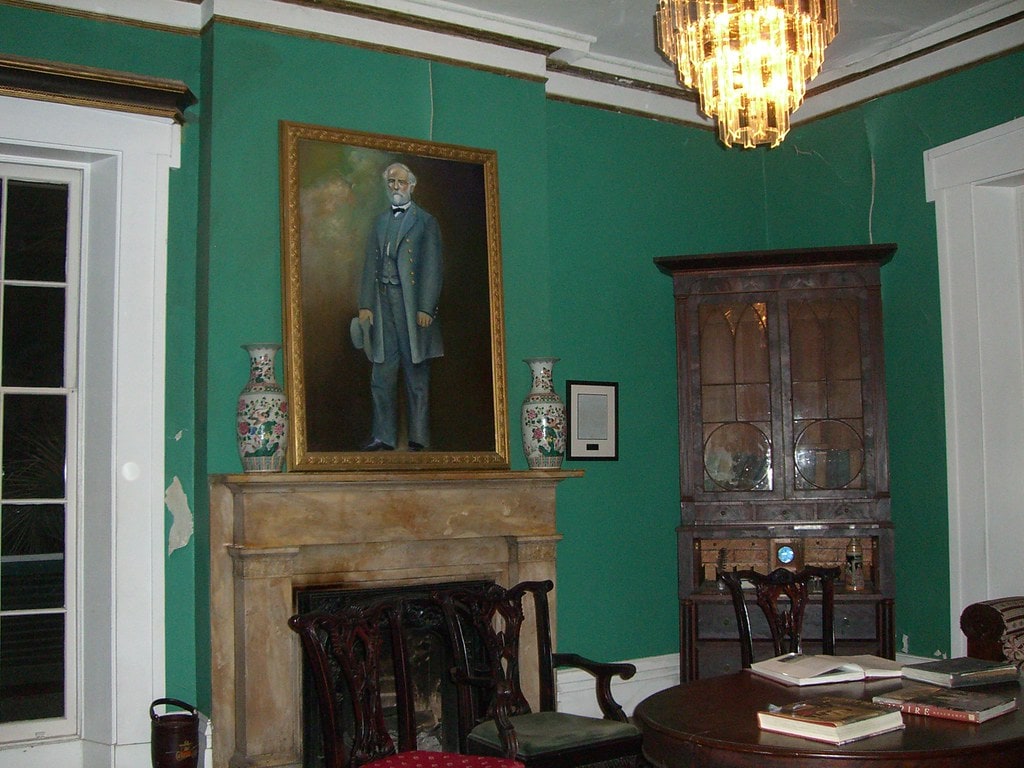
A House That Won't Fade
Candlelight flickers in the dimly lit hallway, casting long shadows on the aged wooden floor.
A tour guide pauses, listening - waiting for something only the walls seem to hear.
The group behind him shifts, a nervous energy filling the space. Outside, the sounds of Savannah's nightlife spill into the square, but inside, it's quiet - too quiet.
The Sorrel-Weed House has always carried a reputation, but 2024 has brought new attention.
In October, Ghost Adventures aired an episode featuring the mansion, sending another wave of visitors through its doors.
The show's investigators spent hours inside, scanning for movement, chasing whispers.
They claimed to capture evidence - unexplained knocks, shifting cold spots, and something else, something unseen.
Fans of the show took to online forums to dissect every frame, debating whether what they saw was real.
Since the episode aired, the house has seen an increase in visitors. Some come because they believe, and others because they don't.
But either way, they walk through the same doors, past the same walls that have stood since 1840.
At the same time, a different conversation has been unfolding. On social media, locals and travelers have been debating whether the Sorrel-Weed House ghost tour is worth the price.
Some rave about the experience - the chance to stand inside a place with so much history, to feel the weight of the past pressing in.
Others question whether it's all just a well-rehearsed show.
The debate hasn't slowed business. Each night, the house opens its doors, the lights dim, and the stories begin again.
Whether visitors leave convinced or skeptical doesn't seem to matter. The Sorrel-Weed House continues, standing firm against time, against doubt, against the questions it refuses to answer.

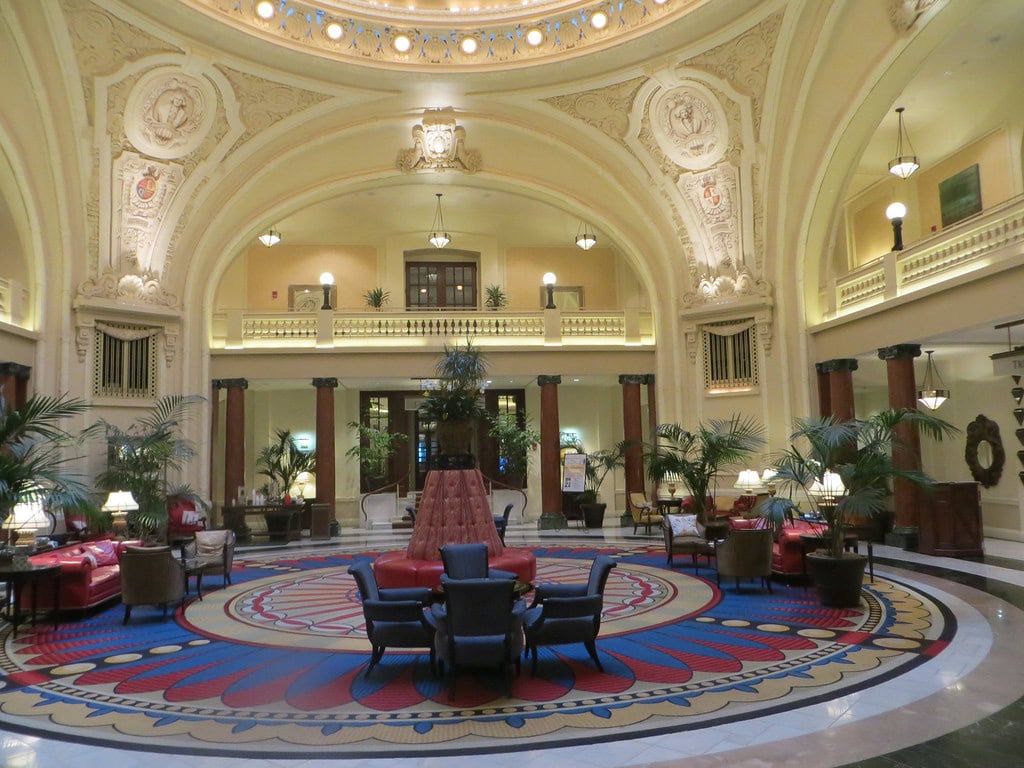
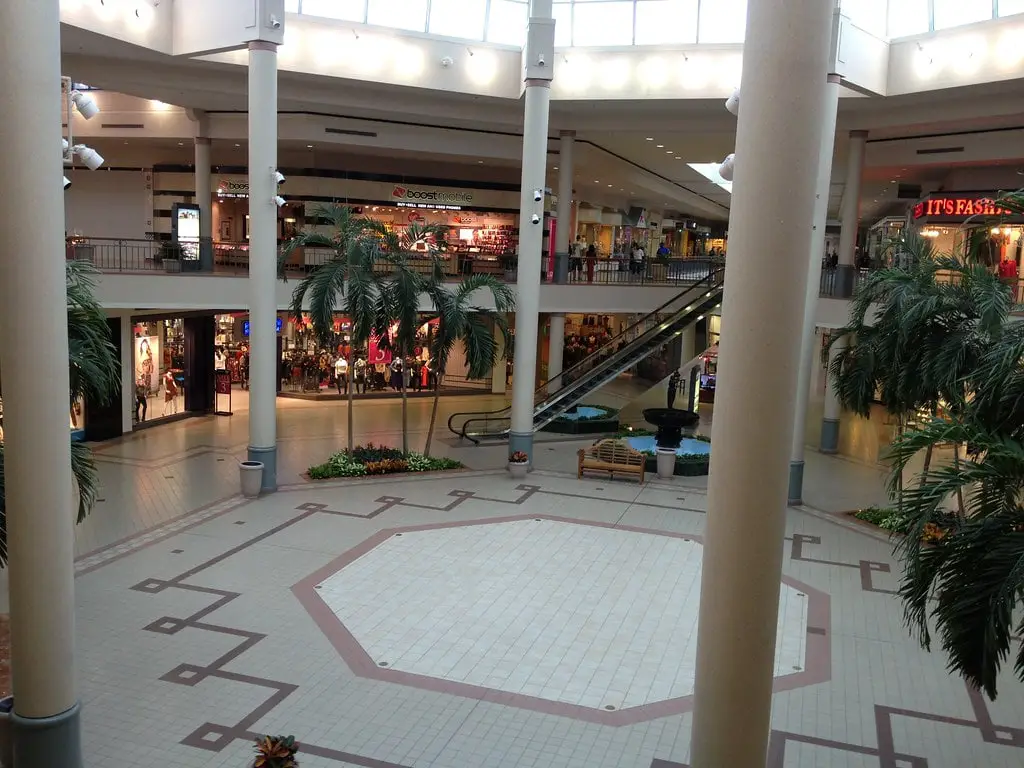


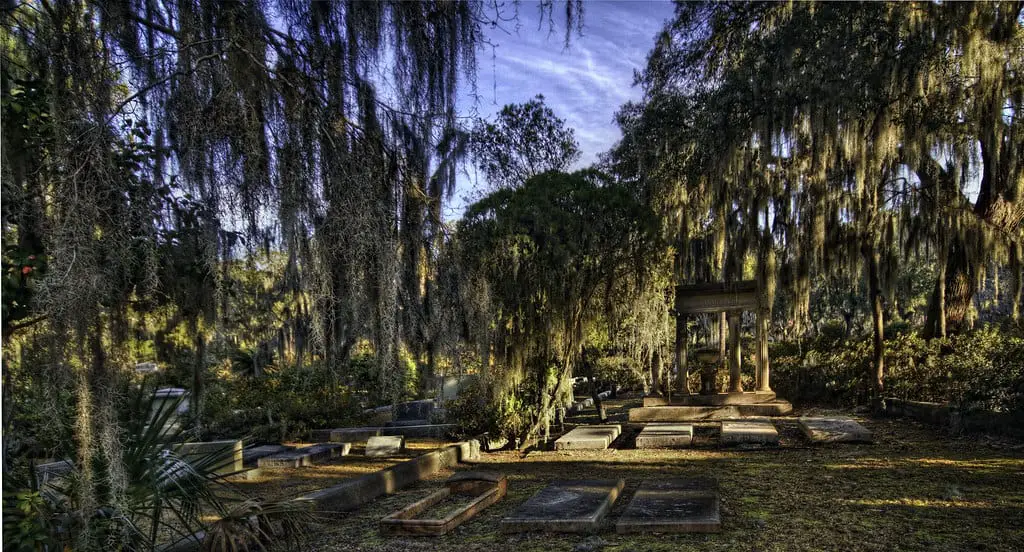

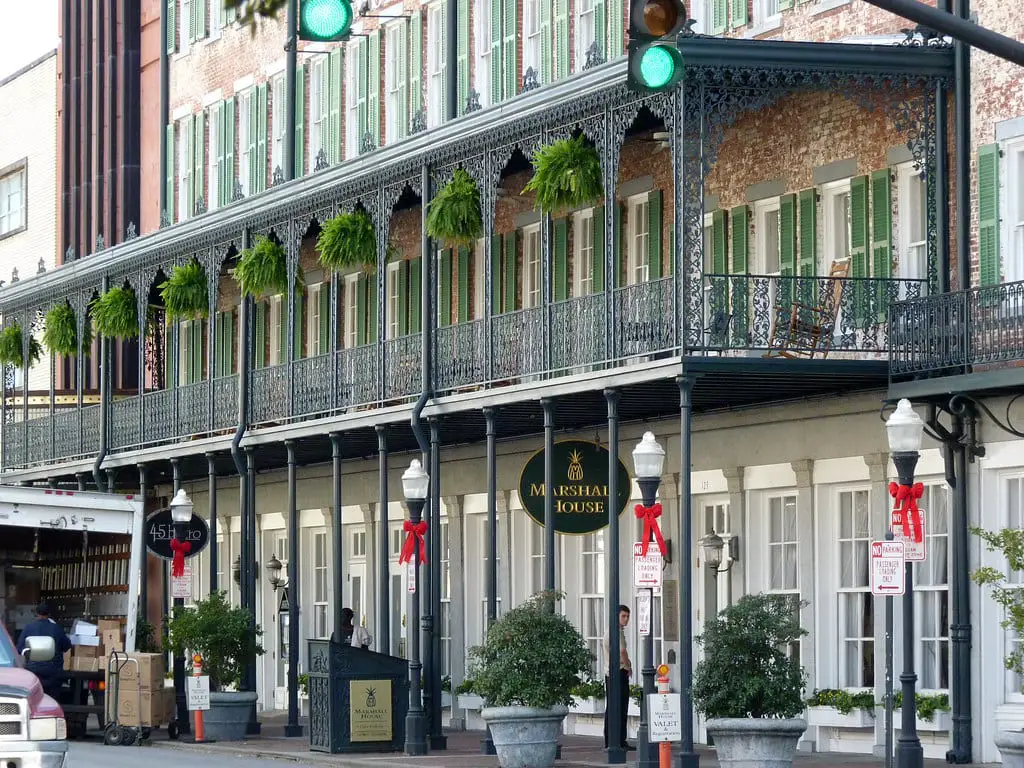
A great historical experience and definitely haunted. 😱
Thanks for sharing. People visit for the architecture and come away talking about something less concrete.